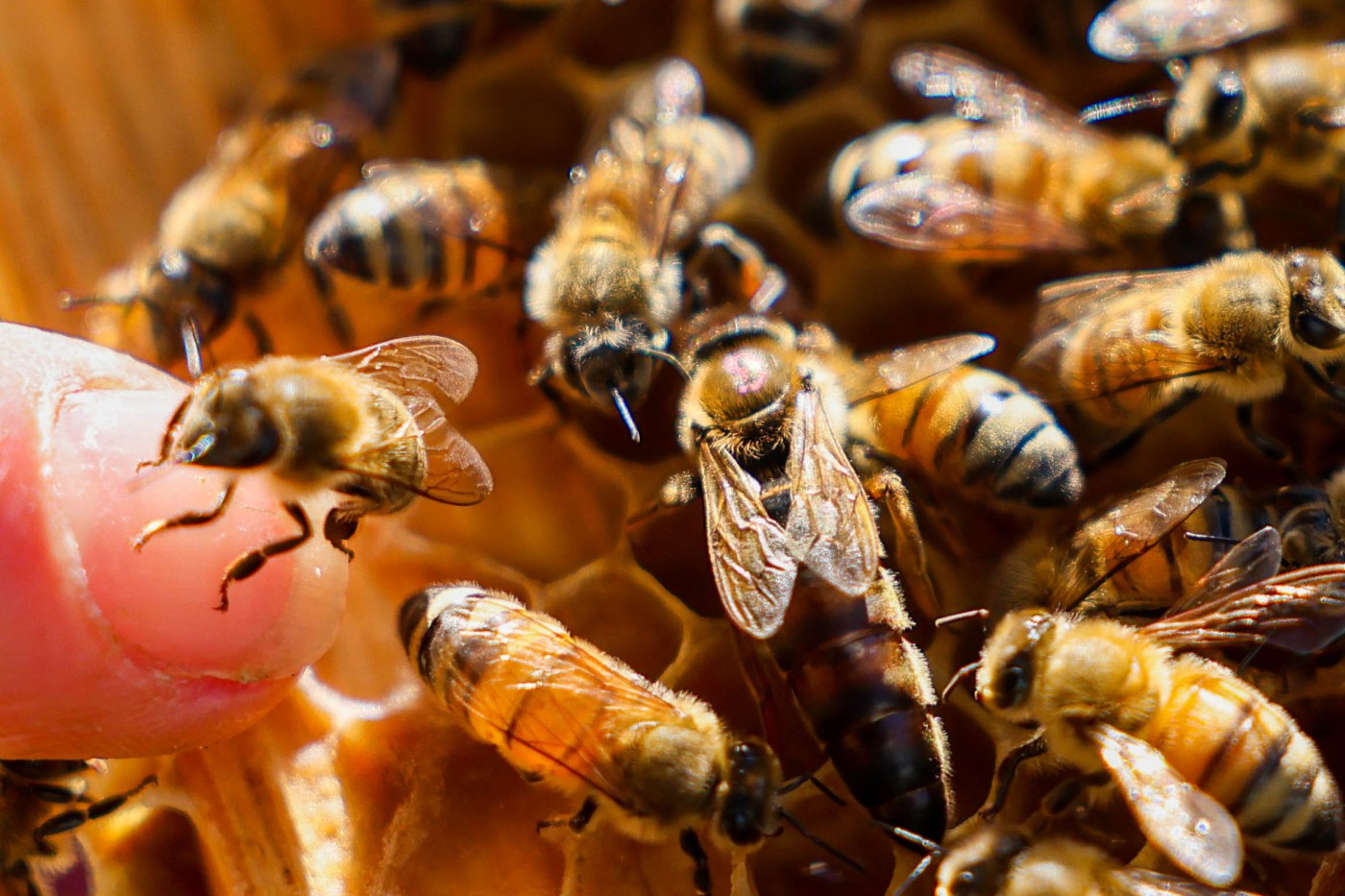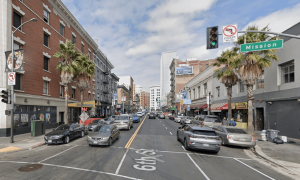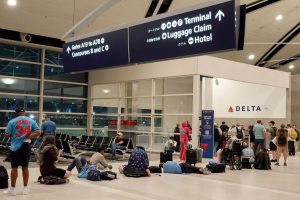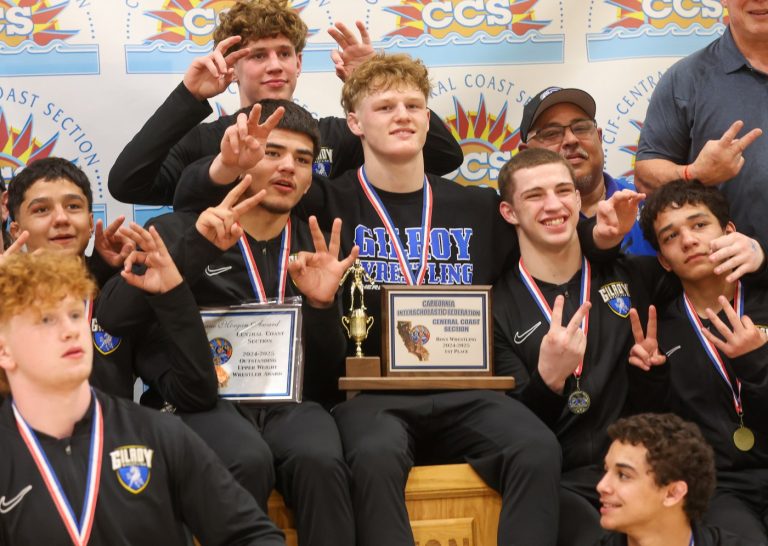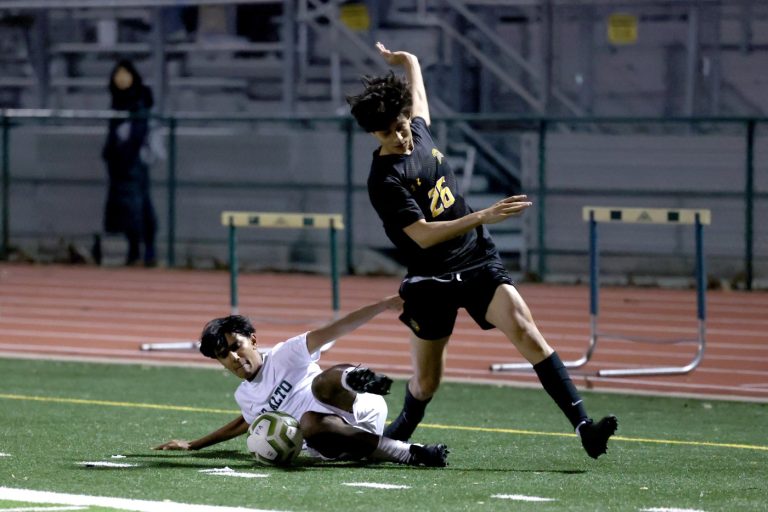DEAR JOAN: I’ve done a lot with my backyard to make it much more pollinator- and hummingbird-friendly. I’m planning to make it an even better habitat for native bees by including more native plants and one or more bee hotels. My goal is to be ready at the beginning of 2025.
Do our local native bees have a peak season for foraging? Which months should my flowers be most abundant? When should I put out my bee hotel? Should I set the full hotel aside in a different outdoor location for the baby bees to mature into adults?
I read something about growing “wooly” plants (like Stachys byzantina aka lamb’s ear), because some bees use the fibers from the leaves as nesting material. Do I need to include a plant like this?
Is there a good way to create and sustain a small patch of mud for mason bees to use to seal their chambers?
— Jim, Los Gatos
DEAR JIM: Native bees are a huge topic. I’m going to share some basics, but I recommend you check out the Urban Bee Lab at UC Berkeley and UC Davis (www.helpabee.org). They have tons of incredibly useful information.
Bee foraging season depends on the bee. Some emerge in early spring, others a bit later, and some are active in late summer into early autumn. Bee experts recommend plants that bloom at different times, providing a food source for native bees no matter what time they emerge. Urban Bee Lab has suggestions for what plants to grow.
You want to also make sure your landscape has plants that provide both nectar and pollen. The adult bees will feed on the nectar, and the pollen is formed into loafs that the bee larvae feed on until they reach maturity.
Bees don’t need a lot of mud, so normal irrigation of your plants should provide an ample amount.
Bee hotels can be put out anytime, except during the winter. Existing boxes should be brought in during the winter, and some experts recommend replacing tubes each year, rather than trying to clean them. Doing so helps avoid introducing diseases.
Because some bees nest in the soil, you should clear some spots in your mulch. You also can leave flower pots unplanted.
Good luck in your new adventure. On behalf of the bees, thank you.
DEAR JOAN: Are wasps (the black and yellow kind) and their honeycomb nests of any redeeming value? They are part of Mom Nature, but maybe they arrived via Pandora’s Box. I tend to leave well enough alone and let them be, but friends and neighbors advise otherwise.
Related Articles
When your dog takes a snooze, they may be dreaming about you
Dive into the life (and death) of Elkhorn Slough with “Mother-Daughter Murder Night”
Are bothersome Redwood City scrub-jays exacting revenge on homeowners who took down their nest?
Watch a tsunami of goats storm down a Berkeley Hills road
By giving dogs a second chance through adoption, these vulnerable Santa Cruz County kids are getting a second chance of their own
— Martin Greer, Morgan Hill
DEAR MARTIN: Yellowjackets can be menacing, and their stings are painful, but I embrace your attitude of leaving them be. They are pollinators and they do help with some pest control, feeding on insects that can be harmful to our gardens.
They don’t always make it easy to live with them in peace, as they can be cantankerous. Knock nests down in the winter and hang some fake nests in the spring to discourage them from rebuilding. You can use brown lunch bags. Just puff them up, twist the top closed and hang them around. You’ll also find more realistic looking fake hornet nests at your favorite big box store or online.
Animal Life runs on Mondays. Contact Joan Morris at AskJoanMorris@gmail.com.
